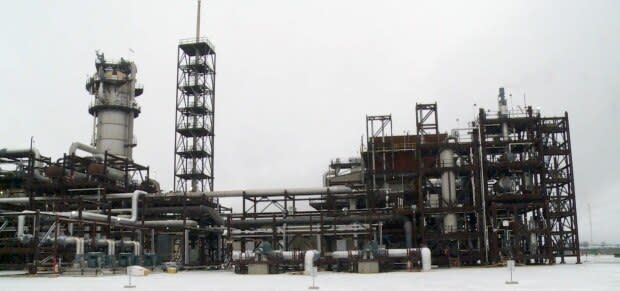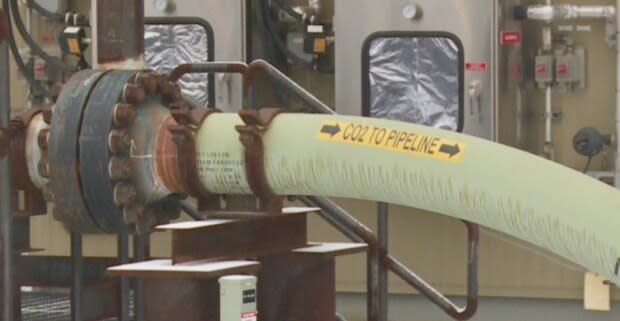Alberta carbon capture project hits another milestone ahead of schedule and below cost
The Quest carbon capture and storage project in central Alberta has surpassed the milestone of sequestering five million tonnes of carbon dioxide emissions from oilsands operations.
The achievement was also ahead of schedule and below forecasted costs.
Shell Canada developed the project, which became operational in November 2015. The facility was expected to sequester about one million tonnes of emissions annually.
The project is located at the Scotford complex, northeast of Edmonton, which also includes a refinery and petrochemical facility.
"Quest CCS is allowing us to produce lower carbon intensive products at our Scotford upgrader, and we really see that as a pathway to decarbonizing our industry and in support of the energy transition going forward," said Sarah Kassam, a development and opportunity planner for the Quest project, in an interview.
"We've seen a lot of successes with Quest. We're excited to see where it goes," she said.

The facility takes emissions from a nearby bitumen upgrader and stores them two kilometres underground. The reservoir far below the surface is "taking the CO2 a lot easier and better than we had initially forecast it would," said Kassam.
The $1.3-billion project was paid for primarily by governments. Alberta gave $745 million and Ottawa paid $120 million.
"If we were to replicate or do a very similar project to Quest, we would expect to see savings in and around the 30 per cent mark, just because of efficiencies that we've been able to recreate, and then a different kind of economic environment that we're currently in, in comparison to when Quest was being built," said Kassam.

Shell had anticipated operating costs of about $40 per tonne of stored CO2, but the facility's efficiency is now about $25 per tonne.
If the cost of constructing the facility is included, the cost is about $80 per tonne, compared with initial forecasts of about $120 per tonne.
While some carbon capture projects have faced challenges with costs and reliability, Quest has proven reliable, said officials, with less than one per cent of downtime every year.
"For the most part, it has been relatively smooth. We've definitely seen some small things," said Kassam. "But we had a really well designed project, so we haven't necessarily encountered some of the larger challenges, I would say, that some other projects have."
Since the project was developed, the ownership structure has changed, with Canadian Natural Resources having a 70 per cent stake, Chevron Canada owning 20 per cent and Shell retaining a 10 per cent share of the facility.
"This is an important made-in-Canada success story," said Tim McKay, president of Canadian Natural Resources, in a statement. "The achievement reflects the collaborative partnership of industry and government along with the commitment of dedicated teams working together to continuously improve operational and environmental performance."
Shell will be using lessons from the project as it proceeds with a new carbon capture project in Norway, with Total and Equinor, after the companies made a final investment decision on the proposed Northern Lights facility in May.


